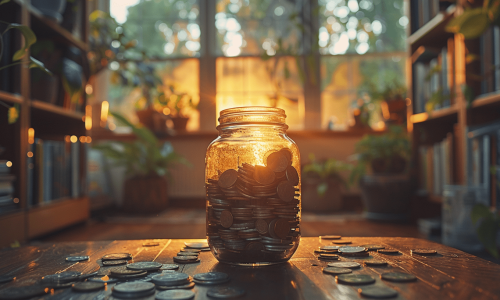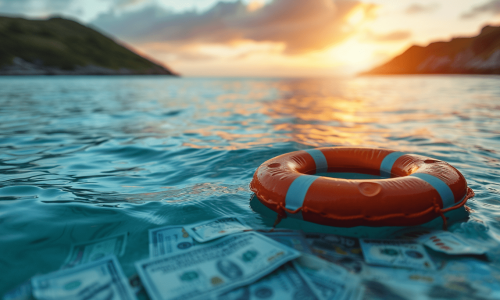The Power of an Emergency Fund: How to Protect Yourself from Unexpected Expenses
by David Robinson
Financial stability is a critical aspect of life, and having an emergency fund is one of the most important steps towards achieving it. An emergency fund is a dedicated savings account set aside specifically to cover unexpected expenses, such as medical bills, car repairs, or job loss. Having an emergency fund in place not only provides peace of mind but also helps to avoid the dangers of high-interest debt and credit card balances. In this article, we will delve into the importance of an emergency fund, how much money one should aim to have saved, and the steps to get started in building one. We will also discuss tips for maintaining and growing your emergency fund, and the best ways to make the most of it. With the right strategies in place, you can ensure that your emergency fund is there for you when you need it the most.
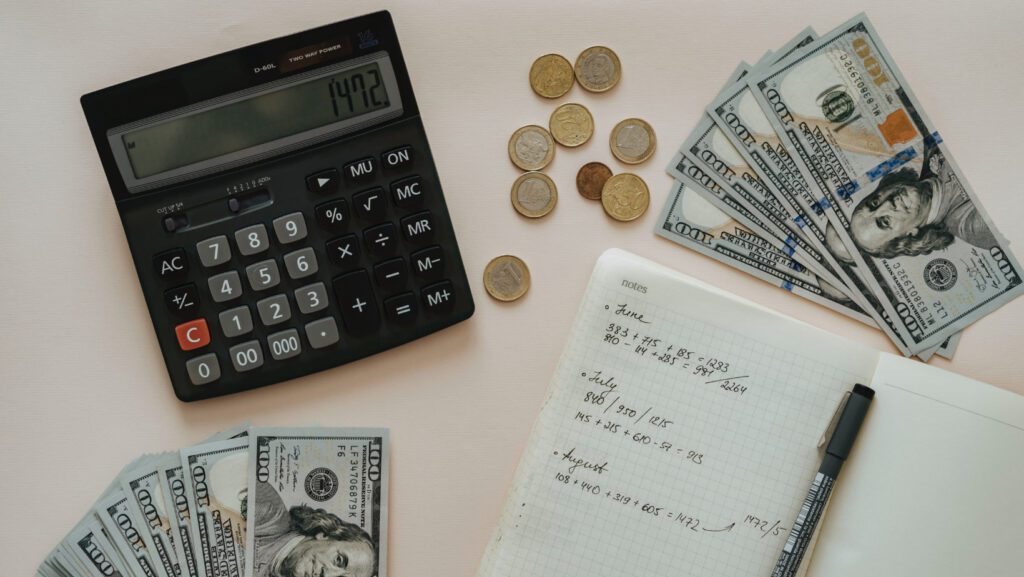
Building an Emergency Fund: Why It’s Important and How to Get Started
An emergency fund is a savings account specifically set aside to cover unexpected expenses, such as medical bills, car repairs, or job loss. Having an emergency fund in place can provide peace of mind and help you avoid the dangers of high-interest debt and credit card balances.
Why is an emergency fund important?
An emergency fund is a critical component of a comprehensive financial plan. It serves as a safety net for unexpected expenses, reducing the financial stress that often comes with emergencies and ensuring that your long-term financial goals, such as retirement or buying a house, are not compromised.
How much money should you have in an emergency fund?
The amount of money you should have in an emergency fund depends on your individual circumstances, such as your income, expenses, and debt levels. As a general rule of thumb, most financial experts recommend having three to six months of living expenses saved in an emergency fund. This means calculating your monthly expenses, including rent or mortgage payments, utilities, food, transportation, and other essentials, and then multiplying that amount by three to six.
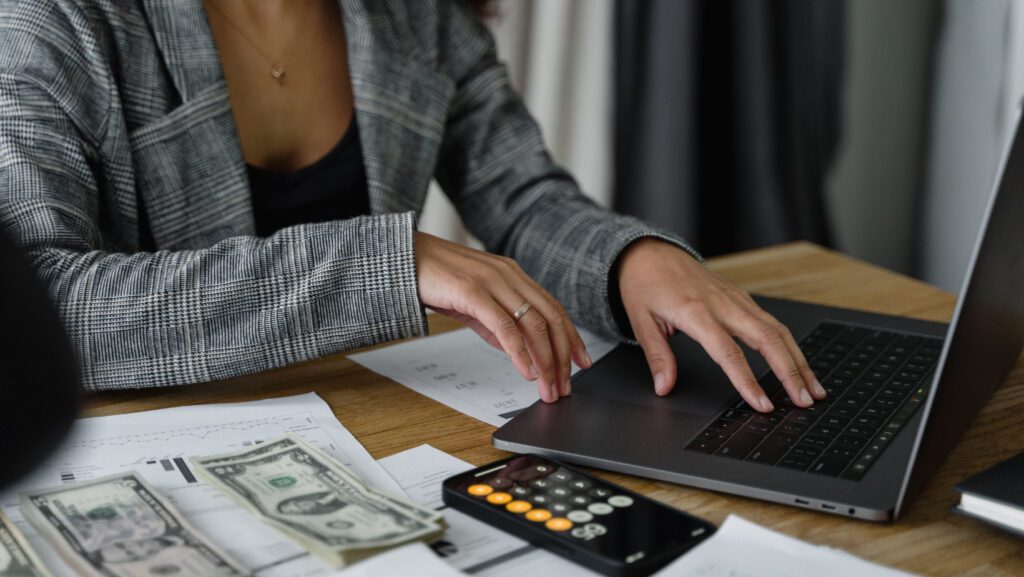
How to start building an emergency fund?
The key to starting an emergency fund is to make it a priority. You’ll need to make sacrifices in other areas of your budget to free up money for your emergency fund. Start by setting realistic and achievable goals, such as saving $50 to $100 each month. You can also consider finding additional sources of income to boost your savings, such as a part-time job or selling items you no longer need.
Tips for maintaining and growing your emergency fund:
Once you’ve started building your emergency fund, it’s important to keep it growing. Automating your savings is a great way to ensure you’re consistently adding to your emergency fund each month. You can also set up a direct deposit from your paycheck into your emergency fund account to make the process easier. Avoid dipping into your emergency fund for non-emergency expenses, as this will hinder its growth.
Importance of keeping the emergency fund liquid and accessible:
Having quick and easy access to your emergency fund is important in case of an emergency. You can choose to keep your emergency fund in a savings account, money market fund, or high-yield savings account. Each option has its pros and cons, so it’s important to understand the trade-off between accessibility and higher interest rates. A savings account is a good option if you want quick and easy access to your funds, while a money market fund or high-yield savings account may offer higher interest rates but may have some restrictions on accessibility.

How to use an emergency fund:
An emergency fund is meant to be used only for true emergencies, such as medical bills, car repairs, or job loss. It’s important to avoid using your emergency fund for non-emergency expenses, such as vacations or large purchases. If you do need to use your emergency fund, it’s critical to replenish it as soon as possible so it’s there for you when you need it again. It’s also important to avoid taking on new debt, as this can put you in a worse financial situation than you were in before.
Making the most of your emergency fund:
Maximizing the interest earned on your emergency fund can help it grow more quickly. By keeping your emergency fund in a high-yield savings account or money market fund, you can earn a higher interest rate than a traditional savings account. This not only helps your fund grow faster, but it also keeps pace with inflation and helps protect its purchasing power over time.
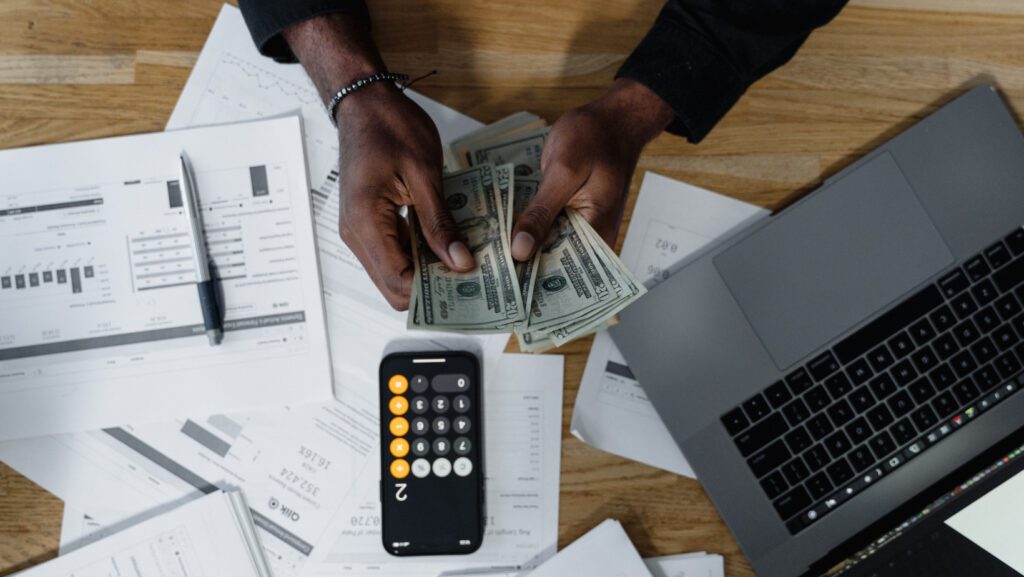
Having an emergency fund is a critical component of a comprehensive financial plan. It provides peace of mind and a safety net for unexpected expenses, reducing financial stress and helping you avoid high-interest debt. Building an emergency fund can be a gradual process, but by setting achievable goals, automating your savings, and maximizing the interest earned, you can grow your fund over time. Remember, an emergency fund is meant to be used only for true emergencies, so it’s important to avoid dipping into it for non-emergency expenses. With the right strategies in place, you can ensure that your emergency fund is there for you when you need it the most.







